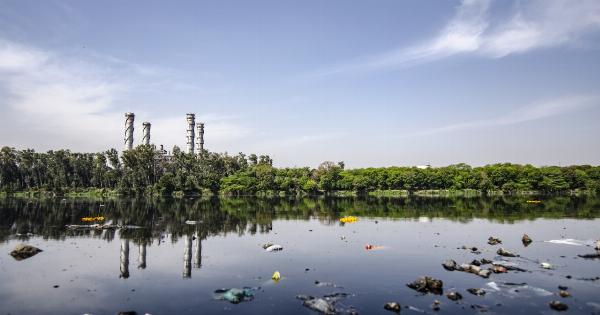Diabetes is a chronic disease that affects millions of people worldwide. It is caused by an imbalance of insulin in the body, leading to high blood sugar levels.
Exercise is one of the most effective ways to manage diabetes, as it helps regulate blood sugar levels and improve insulin sensitivity. However, exercising in polluted environments can be dangerous and may have a negative impact on people with diabetes. In this article, we will explore the dangers of exercising in polluted environments and how it can affect people with diabetes.
What is pollution?
Pollution is the presence of harmful substances, such as chemicals, particles, and gases, in the environment. It can come from a variety of sources, including vehicles, factories, and burning fossil fuels.
Pollution can have a significant impact on human health, including respiratory and cardiovascular diseases, and it can also affect the environment and ecosystems.
How does pollution affect diabetes?
Pollution can affect blood sugar levels and insulin sensitivity, which can be particularly harmful to people with diabetes.
Studies have shown that exposure to air pollution can lead to an increase in blood sugar levels and insulin resistance, which can make it more difficult to manage diabetes.
What are the dangers of exercising in polluted environments?
When we exercise, we breathe more heavily, and we take in more air into our lungs. This can be dangerous when we exercise in polluted environments because we may inhale more harmful substances, leading to respiratory and cardiovascular problems.
Exercising in polluted environments can also increase the risk of inflammation in the body, which can worsen diabetes symptoms.
How can people with diabetes protect themselves when exercising in polluted environments?
There are several things that people with diabetes can do to protect themselves when exercising in polluted environments. Firstly, they should avoid exercising during times of high pollution, such as rush hour or in areas with heavy traffic.
They should also choose indoor exercises when air quality is poor, such as going to the gym or doing yoga at home. Wearing masks or using air purifiers can also help filter out harmful particles in the air.
Conclusion
Exercising is an essential part of managing diabetes, but it needs to be done with caution, especially in polluted environments.
Pollution can have a significant impact on blood sugar levels and insulin sensitivity, making it more difficult to manage diabetes. Therefore, it is essential to take precautions when exercising in polluted environments, such as avoiding high pollution times, choosing indoor exercises, and using protective gear.




























